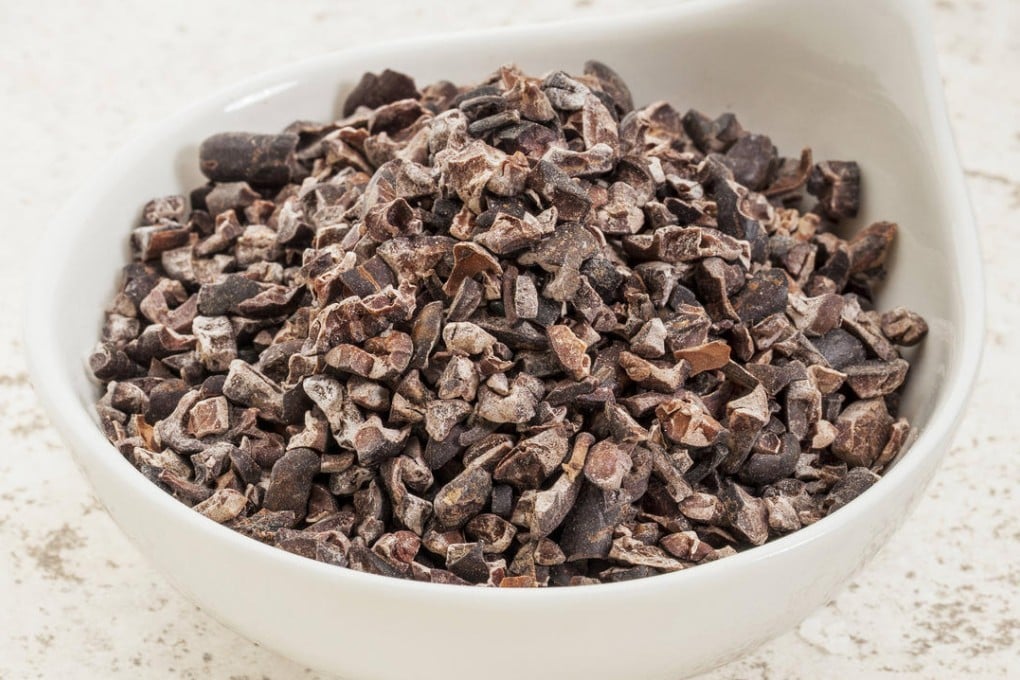
Most people would consider chocolate to be a confection, rather than a spice. This is true of the chocolate we find in the shape of bars, truffles and glossy bonbons sold in shops, where it's been mixed with sugar, milk, emulsifiers and/or other ingredients such as nuts and spices.
But cocoa nibs (also known as cacao nibs), which are the least-processed form of chocolate available in Hong Kong (you'll have extreme difficulty finding the raw, straight-from-the-tree pod here), can be used in similar ways that you would more familiar spices.
The process that the raw cocoa pods undergo to transform them into the bars we eat is long and laborious. According to the Cadbury website, the cocoa pods, which weigh about 500 grams each, are split open to reveal the seeds, which are fermented, dried, cleaned, cracked then winnowed to separate the shell from the nib. The nibs are roasted then ground, resulting in cocoa liquor, which can be pressed to separate the cocoa butter from the solid mass. After mixing cocoa butter with cocoa liquor and other ingredients, the chocolate goes through further steps, including conching (which makes the texture smooth) and tempering, before the chocolate is shaped.
Cocoa nibs are crunchy and chocolatey. Because the flavour is pure chocolate - which means there's some bitterness and astringency - they go well with sweet and savoury dishes. You can grind them to a rough powder in a spice grinder (or one used for coffee beans) and then mix them with other seasonings such as chilli flakes, garlic, onion and salt. Use the mixture as a spice rub for roasted or barbecued meats. For a crumble topping, roughly grind the nibs and mix them with butter, sugar and flour, and spread over cakes, pies and tarts before baking them. I've also had delicious chocolate ice cream mixed with crushed cocoa nibs and finely chopped chocolate, for a triple dose of the heavenly treat.